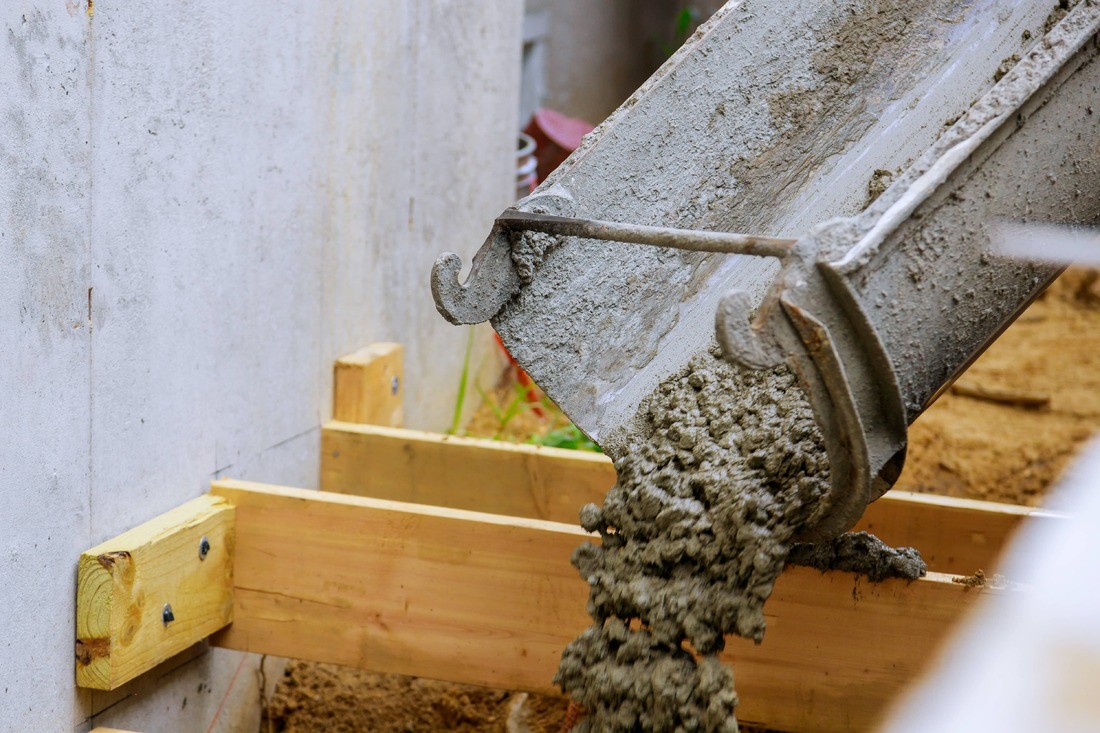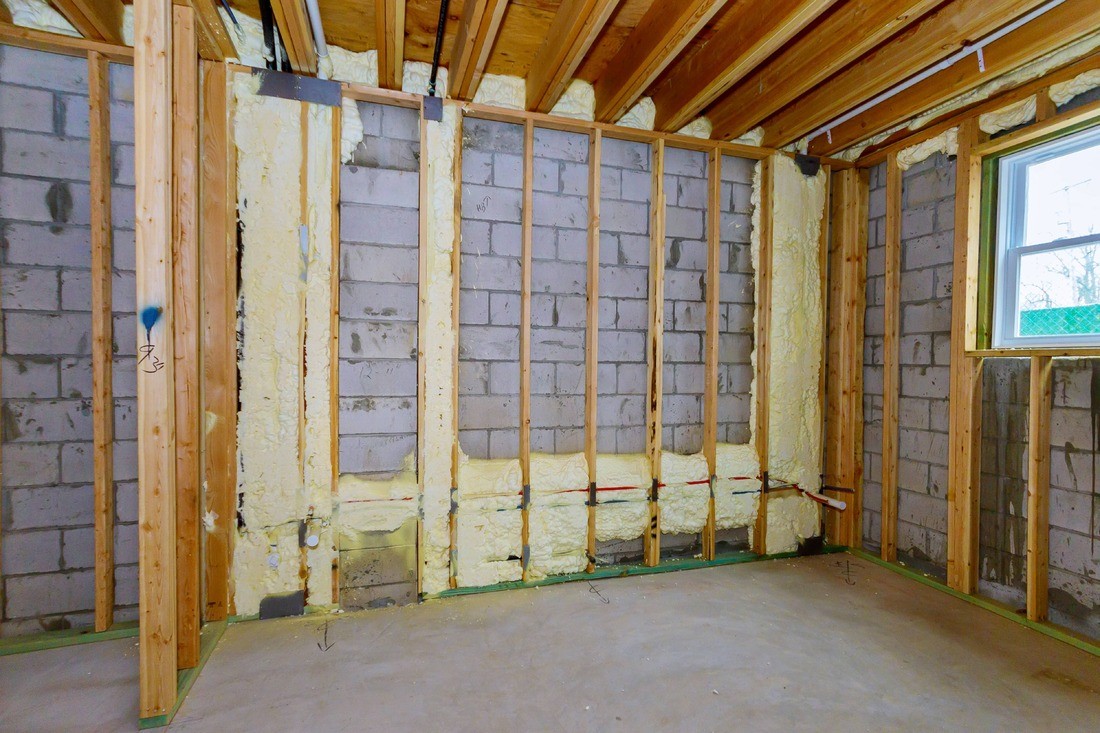
Introduction
Basement flooding can be a stressful and damaging experience for homeowners. Not only does it cause structural damage to the property, but it can also pose health risks if not addressed properly. During basement flood restoration, it is crucial to take steps to protect your health and ensure a safe and clean environment for your home. In this article, we will discuss various aspects of basement flood restoration, from understanding the risks involved to implementing preventive measures and hiring professional restoration services.
The Risks of Basement Flooding
When a basement floods, it can result in several risks to your health and well-being. Here are some of the potential risks associated with basement flooding:
- Mold and Mildew Growth: Moisture caused by basement flooding creates an ideal environment for mold and mildew growth. Exposure to mold can lead to respiratory issues, allergies, and other health problems.
- Contamination: Floodwaters can be contaminated with sewage, chemicals, or other hazardous substances, posing a risk of infection or illness if exposed to the skin or ingested.
- Structural Damage: Basement flooding can weaken the foundation and structural integrity of your home, leading to potential collapse or further damage.
- Electrical Hazards: Water and electricity do not mix. A flooded basement can expose electrical systems to water, increasing the risk of electrocution and fire.

Preventive Measures
Taking preventive measures can help reduce the risk of basement flooding and protect your health. Here are some steps you can take:
- Maintain Proper Drainage: Ensure that your home’s gutters, downspouts, and drainage systems are clear of debris and functioning properly to prevent water accumulation around the foundation.
- Install a Sump Pump: A sump pump can help remove excess water from your basement and prevent flooding. Regularly inspect and maintain the sump pump to ensure it is in good working condition.
- Seal Cracks and Gaps: Seal any cracks or gaps in your basement walls or foundation to prevent water seepage during heavy rainfall or flooding.
- Elevate Valuables: Store valuable items and important documents on higher shelves or elevated platforms to keep them protected from water damage.
Basement Flood Restoration Process
When faced with a flooded basement, it is essential to follow a proper restoration process to ensure your health and safety. Here are the key steps involved in basement flood restoration:
- Ensure Safety: Before entering the flooded area, make sure the power is turned off to avoid electrical hazards. Wear protective gear, such as gloves, boots, and masks, to minimize exposure to contaminants.
- Remove Water: Use pumps, wet/dry vacuums, or other appropriate equipment to remove standing water from the basement. Ensure that the water is disposed of properly and not released back into the home’s drainage system.
- Dry and Dehumidify: Thoroughly dry the affected area using fans, dehumidifiers, and proper ventilation. This step is crucial to prevent mold growth and further damage.
- Clean and Disinfect: Clean all surfaces, furniture, and belongings that have come into contact with the floodwater. Use appropriate cleaning agents and disinfectants to eliminate any potential contaminants.
- Inspect for Damage: Conduct a thorough inspection of the basement to identify any structural damage or issues that need to be addressed. This may include checking for cracks, leaks, or compromised foundations.
- Repair and Restore: Once the source of the flooding and any necessary repairs are identified, hire professional restoration services to restore and repair the basement to its pre-flood condition.
Hiring Professional Basement Flood Restoration Services
While some homeowners may attempt to handle basement flood restoration on their own, hiring professional restoration services is highly recommended. Professionals possess the expertise, equipment, and knowledge to tackle the restoration process effectively. They can ensure thorough water extraction, proper drying, mold remediation, and structural repairs.

When hiring a professional basement flood restoration company, consider the following factors:
- Experience and Expertise in water damage restoration
- Licensing and Certifications
- Response Time and Availability for Emergency Situations
- Insurance Coverage and Acceptance of Major Insurance Companies
- Customer Reviews and Testimonials
By choosing a reputable and experienced basement flood restoration service provider, you can have peace of mind knowing that the restoration process will be handled efficiently and effectively.
Conclusion
Protecting your health during basement flood restoration is of utmost importance. By understanding the risks, implementing preventive measures, and hiring professional restoration services, you can ensure a safe and clean environment for your home. Remember to always prioritize safety and consult experts when needed. With proper restoration, you can minimize the damage caused by basement flooding and restore your home to its pre-flood condition.
Can I clean up a flooded basement on my own?
How long does basement flood restoration take?
Important Facts and Statistics about Basement Flooded Water Damage Restoration:
- Most homeowners will pay, on average, around $4,300 to repair a flooded basement.
- Basement water damage can lead to mold and mildew growth, which can cause respiratory issues and other health problems.
- Contaminated floodwaters can pose a risk of infection or illness if exposed to the skin or ingested.
- Proper drainage, sump pump installation, and sealing cracks can help prevent basement flooding.
- Basement flood restoration involves steps like water removal, drying, cleaning, and structural repairs.
For professional basement flood restoration services in Las Vegas, contact JGW Group Water Damage Restoration Las Vegas at 725-240-0640 or visit their website here.



